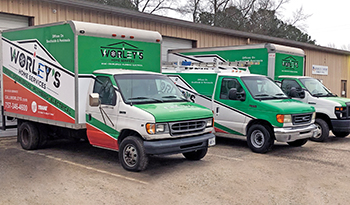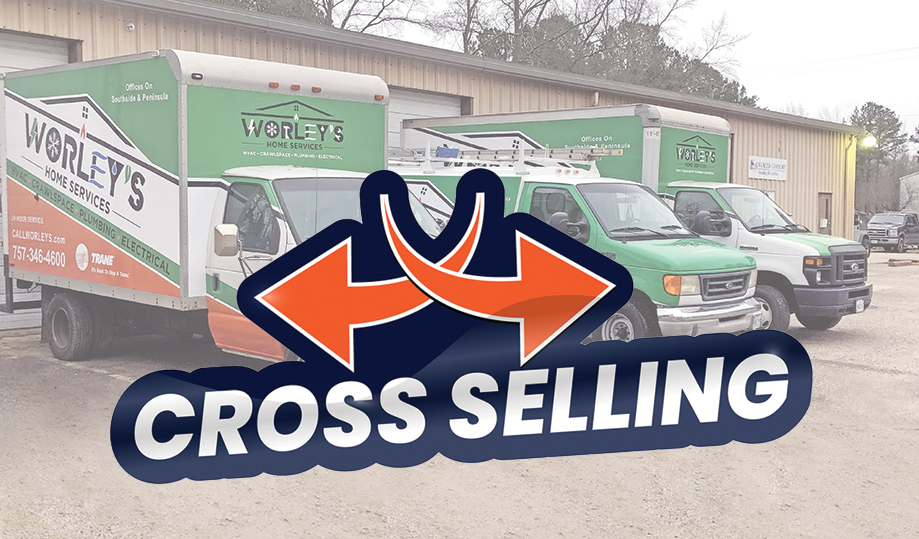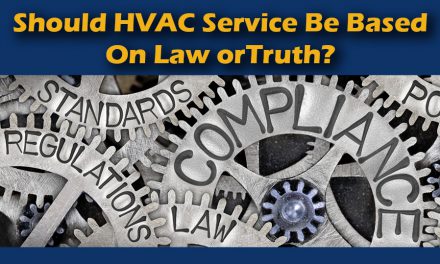I mean, how many of our homeowners ever consider going into a crawl space? So, instead of the plumber just completing the plumbing job, he took the initiative to take photos and point out the duct issues. This technician wasn’t a sales technician but a plumber through and through. He understood the value of educating the homeowner on issues and cross-selling.
He contacted our office, and with the images he took, we could provide a quote for a new duct system. The homeowner, impressed by his diligence and our quick response, ended up not only agreeing to replace the ductwork but also asking about replacing her aging air conditioning unit.
What began as a $5,000 plumbing job turned into nearly $30,000 worth of work for the company. That breakthrough moment showcased how cross-selling can organically develop from genuine customer service.

Strengthening Our Market Position
Our cross-selling strategy is vital for strengthening our market position. It aligns perfectly with our overarching mission of being our community’s go-to source for home services.
We train our technicians to look beyond the immediate issue and consider other services that might benefit the homeowner.
One of the key aspects of this approach is that it’s not about being pushy; it’s about being helpful. We aim to foster an environment where our technicians feel empowered to offer solutions without feeling like they are selling.
This approach has proven effective, as loyal customers are more inclined to trust our recommendations for additional services.
Financial Health and Efficiency
Consider this: the financial implications of cross-selling are substantial. By cultivating existing relationships, we significantly reduce our marketing expenses.
While many companies allocate around 10% of their budget to marketing, we operate with just three to four percent. In most cases, our marketing expense reduction is because our satisfied customers return for multiple services, minimizing the need for extensive outreach.
Moreover, when our technicians are already on-site, they can offer immediate pricing and solutions. This action not only enhances customer satisfaction but also improves our operational efficiency. Customers appreciate not having to wait for a separate sales team to arrive; they want solutions now, and we can provide that.
Navigating Seasonal Fluctuations
The HVAC industry is often subject to seasonal shifts impacting service demand. I’ve found that cross-selling helps us manage these fluctuations effectively. For instance, plumbing work tends to peak during the winter months due to issues like frozen pipes, while HVAC services are in high demand during the summer.
By cross-referring between divisions, we can maintain a steady workflow throughout the year. When our HVAC technicians are busy, our plumbers can provide additional services, and vice versa. This approach not only helps us balance our workload but also allows us to serve our clients better.
Measuring Success: The ROI of Cross-Selling
At Worley’s, we’re keenly aware of the impact that cross-selling has on our bottom line. We see tens of thousands of dollars in additional revenue each week due to our cross-selling initiatives. Furthermore, we incentivize technicians to look for opportunities, providing referral bonuses for successfully identifying needs outside their primary service area.
For example, if a plumber identifies a potential HVAC issue during a job, he can contact our HVAC team and earn a referral commission for facilitating that service. A simple act of awareness can lead to significant financial rewards, both for the technician and the company.
Click Below for the Next Page:













Recent Comments